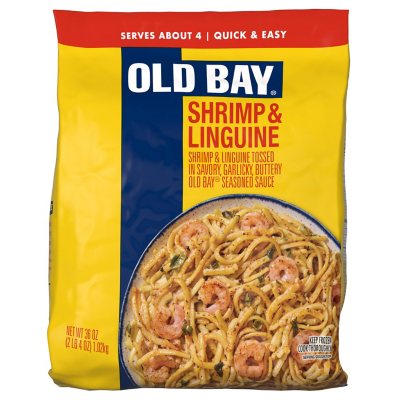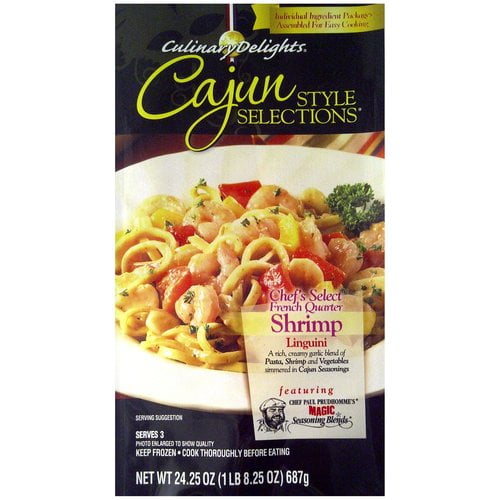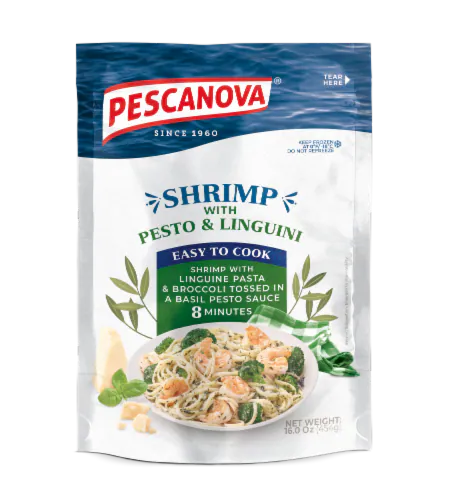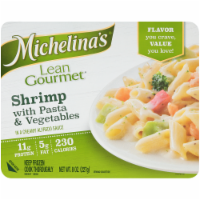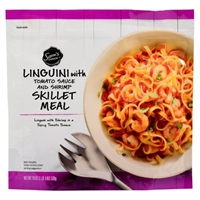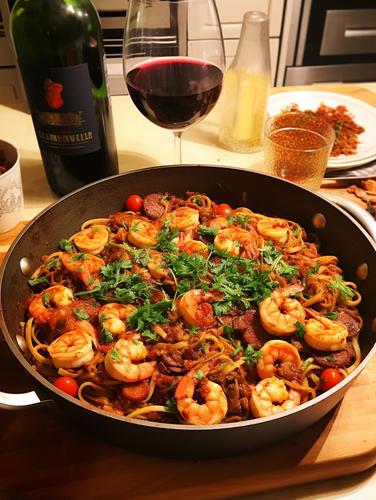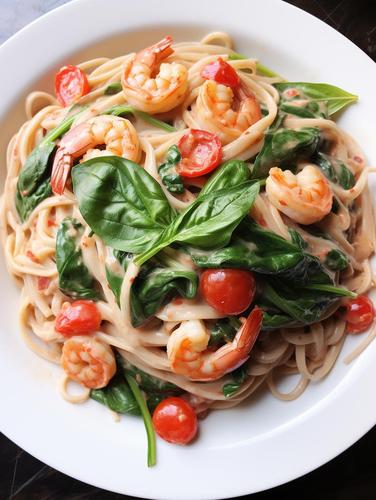Shrimp Linguine
Shrimp Linguine is a popular pasta dish that features linguine - long, thin strands of pasta - cooked with succulent shrimps. Typically prepared with garlic, olive oil, and herbs, it presents a wonderful mixture of hearty textures and tantalizing flavors. This shrimp linguine dish is best served hot with a sprinkle of parmesan cheese or crushed red pepper.
Its versatility makes Shrimp Linguine a favorite meal, allowing for variations such as the addition of spicy tomato sauce or a creamy alfredo. For a healthier twist, you can opt to integrate more vegetables or use whole wheat pasta. A delightfully balanced dish, Shrimp Linguine is a must-try for any home cook.
46%
CARBS
17%
FAT
37%
PROTEIN
9 Shrimp Linguine Products
5 Recipes for Shrimp Linguine
Shrimp Linguine FAQ
Shrimp Linguine is a delightful Italian dish that can easily become a home favorite. However, it does bring common concerns, primarily about shrimp preparation, pasta consistency, and achieving the right balance among all the key ingredients like garlic and olive oil.
People often go wrong by overcooking the shrimp, which makes them rubbery, or adding the shrimp too early in the recipe, leading to the same tough texture. Some do not know when or how to properly infuse the garlic, leading to either overpowering or overly subtle garlic flavor.
The trick to getting the most out of your Shrimp Linguine is to cook the shrimp just until they are pink and start to curl, then remove and set aside. Add them back in just for a quick warm-up before serving. Infuse the garlic by sautéeing it until soft in olive oil.
Additionally, you should always cook the pasta al dente, meaning, until it's cooked, but still firm to bite. Doing so allows the pasta to absorb the sauce best. Lastly, the toppings are the cherry on top. Don't forget a sprinkle of parmesan cheese or crushed red pepper to give an extra layer of flavor.
Experiment with different versions of Shrimp Linguine as well. Trying a spicy tomato sauce or creamy alfredo twist can introduce a delicious variety to your cooking routine.
How can I prevent my shrimps from becoming rubbery?
My garlic flavor is either too strong or too weak. How can I balance it correctly?
How can I tell when the linguine is perfectly cooked?
Can I use seafood mix instead of just shrimp?
Is it okay to cook the shrimp with shells on?
What kind of wine goes well with shrimp linguine?
Can I add veggies to the shrimp linguine?
Can I replace linguine with other types of pasta?
What alternatives can I use for olive oil?
How to add a spicy touch to the shrimp linguine?
Substitutes
Health Info
Macros
42g
CARBS
18g
FAT
12g
PROTEIN
Contains these allergens
WHEAT
MILK
CRUSTACEAN SHELLFISH

